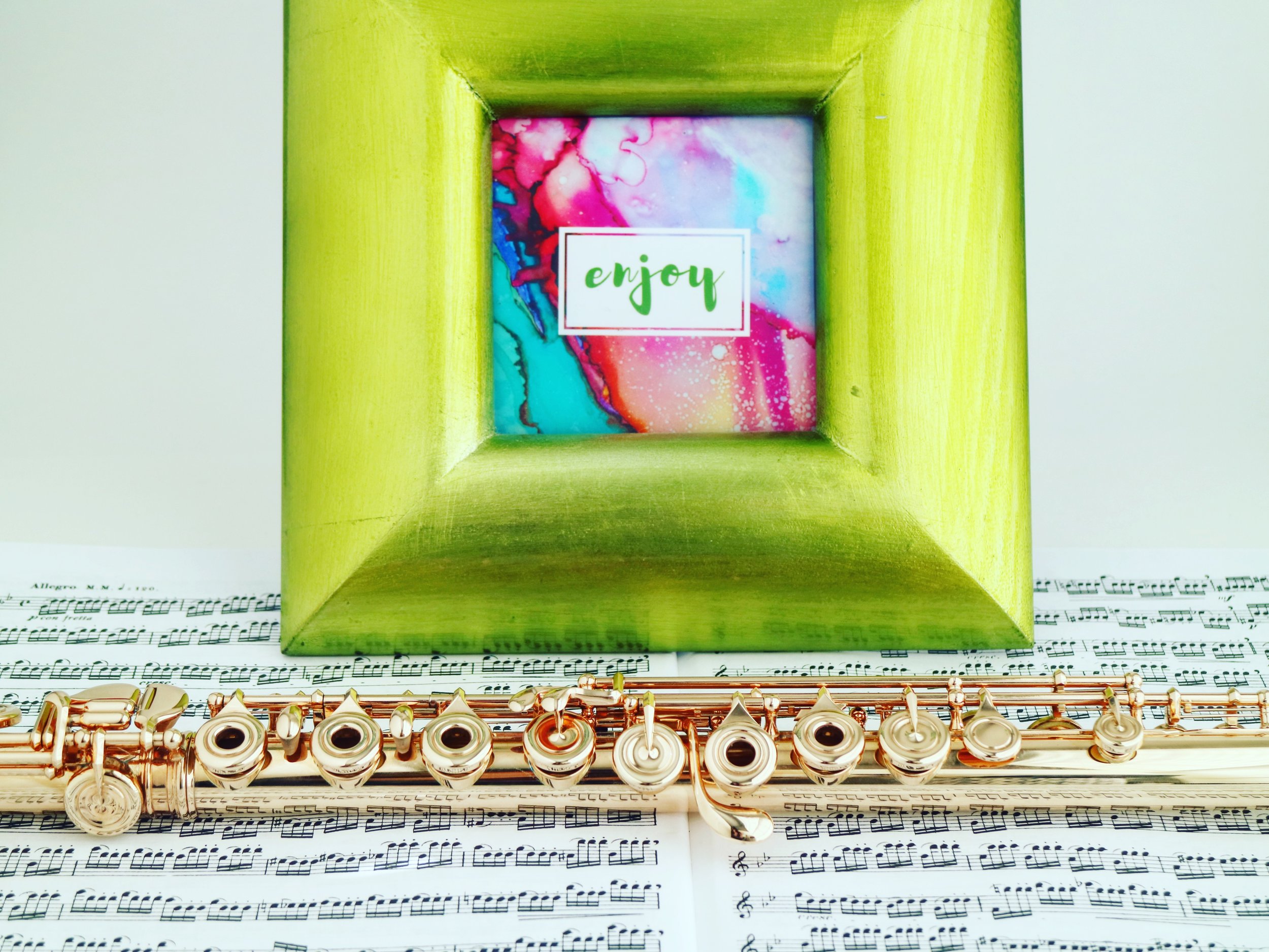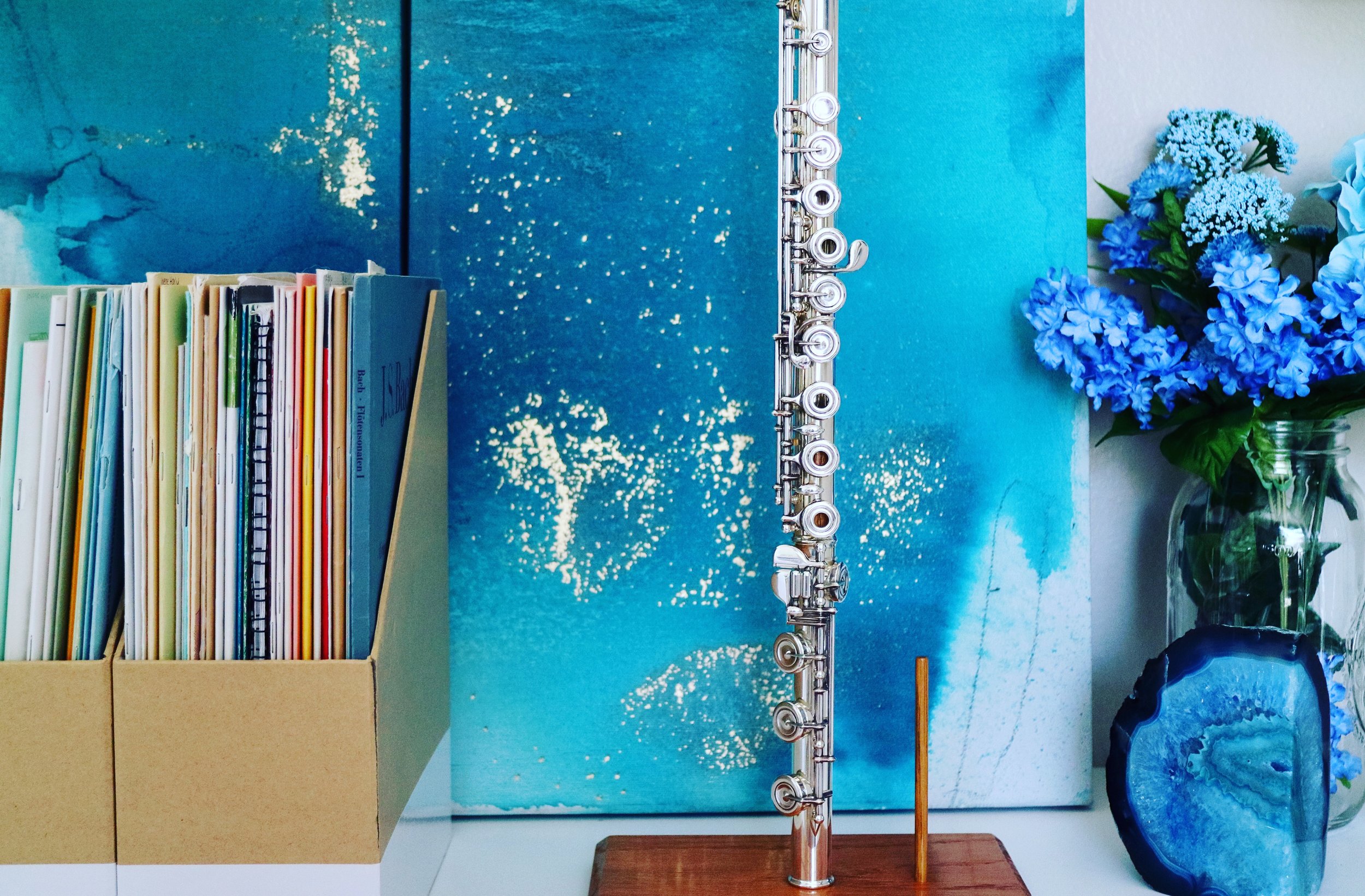Effortless Octaves While Lying on the Floor
I originally wrote this post back in July of 2012, and I vividly remember being in New York and practicing in my room on this day! (I don't think I would've remembered it if I hadn't taken the time to write it down here.)
Since I'm currently thinking about octaves and tapers, this felt like the perfect time to dig up this old, but relevant post!
I decided to really work on tone today until I actually noticed an improvement that I could describe in words.
I have played while lying on the floor in Body Mapping lessons to note how reducing effort can increase resonance and ease for breathing.
Semi-Supine Position
Today's revelations while practicing on the floor...
"Feel air entering through the nose or mouth and let the rest take care of itself."
I find myself trying to help my body move to inhale, but it just leads to tension and awkward movements. My body does a better job taking air in when I get out of the way and simply observe the journey the air takes.
Alexander Technique teachers suggest placing a book under your head when lying in this position. Without the book, I was very much aware of airway restriction. With the book raising my head a couple inches, I noticed an improvement in breathing and ease in the neck.
I was inspired by Jasmine Choi's Paganini Caprice this morning, specifically her flawless octave tapers!
Her playing is always effortless and stunning!
While lying on the floor, I used just my headjoint to see how effortless I could make my own octave changes. I noticed that I was the least successful when I used the most effort.
- My habit was to move my jaw forward and pull my lips back.
- When I inhibited this extra effort, I realized that I made the change in my aperture instead:
- I noticed my aperture getting smaller and I became aware of the air moving beneath the center of my upper lip. (Never noticed that before!)
Simplifying my movements to focus on only the necessary effort of the aperture worked like magic. I stood up and added my headjoint to the rest of my flute.
Octave tapers were now so easy that they actually became fun!
Turn inspiration into intention:
how effortless can my tapers be?
how effortless can octaves be?








![The Priorities of Good Sound for Flute & Piccolo [+ Free Download]](https://images.squarespace-cdn.com/content/v1/5698446a89a60aae9b0dd518/1524968904509-OQ60PWPH10XLHCE2IED5/IMG_8341.PNG)

